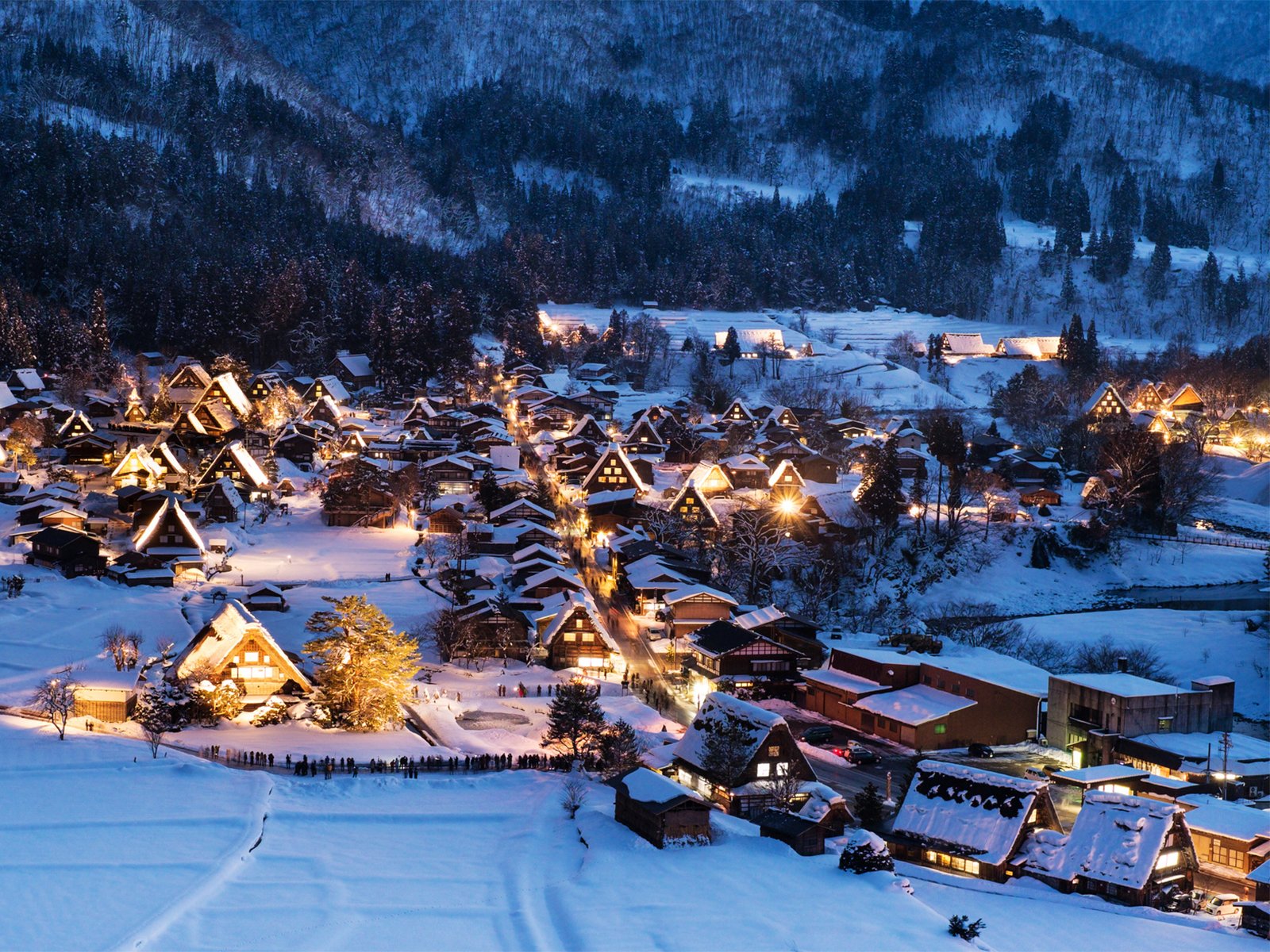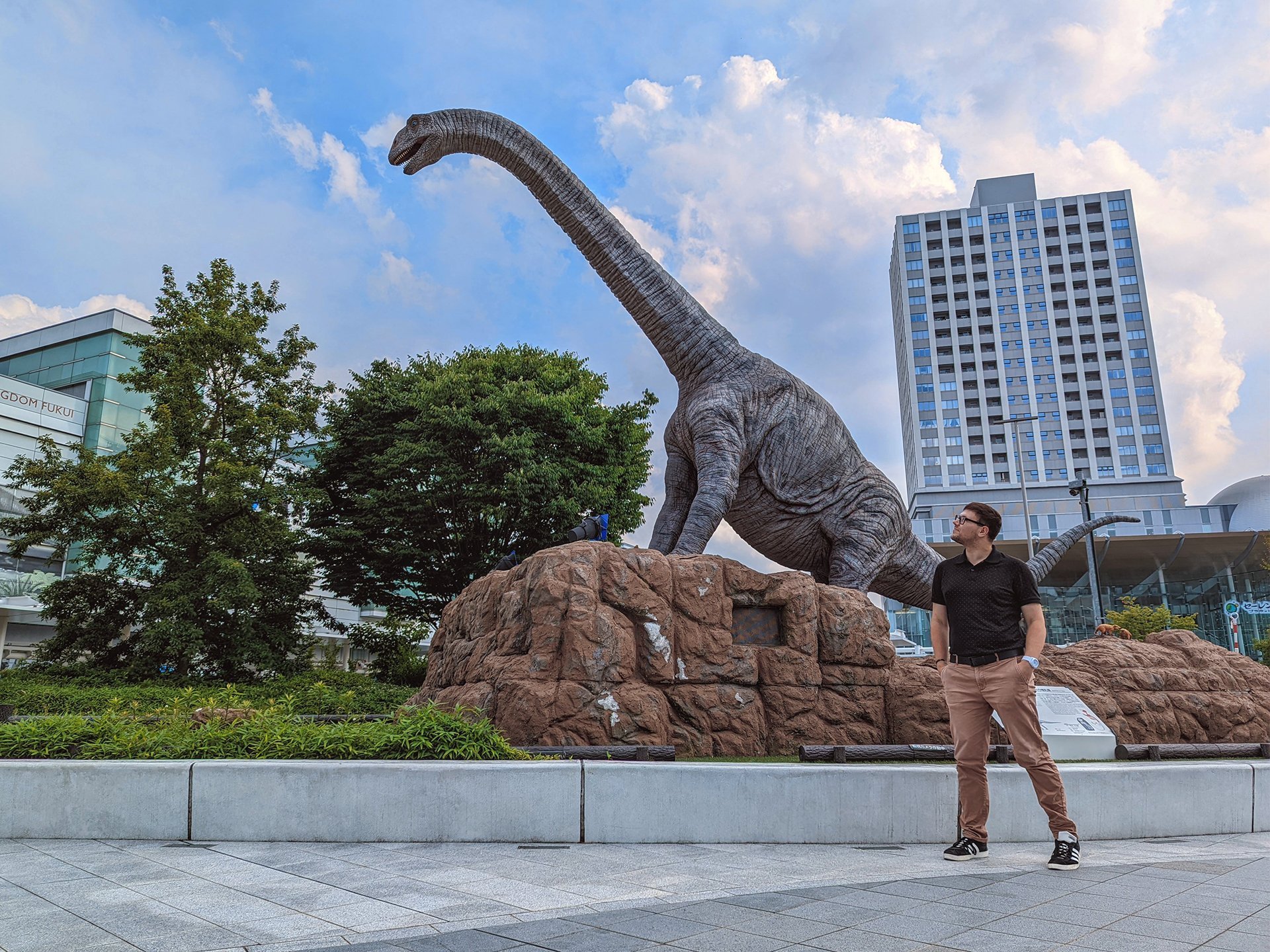Travel Guide: Okinawa

Okinawa is a land of natural beauty and unique history.
Cover photo: Walking by Shurei-mon (Gate) at Shuri-jo (Castle), Naha, Okinawa, Japan (2024).
Intro
Just a short flight away from mainland Japan lies the subtropical paradise of Okinawa — a collection of islands dividing the East China Sea and Philippine Sea. Boasting beautiful beaches, rich nature, and a warm climate year-round, it consistently ranks as one of the nation’s most “attractive” prefectures.
The island chain is also known as one of the world’s five “Blue Zones.” Coined by researcher Dan Buettner, these are places where the population has a higher life expectancy than the global average. He attributes this to diet and exercise, as well as moai (community) and ikigai (sense of purpose).
Okinawa’s main island is the perfect destination for enjoying the rich history and culture of the archipelago. Greeted by the warm breeze and shisa (guardian lions), I instantly fell in love with the prefecture. With all the delicious food, joyous music, and beautiful nature, it’s no surprise that Okinawans enjoy long healthy lives.
Despite catching the start of rainy season in late April, I had a wonderful time. Generally, swimming season lasts from May to October. The summer months of July and August are busiest, with typhoon season overlapping from August to September. Spring (April/May) or fall (October/November) are widely considered the best times to visit.
Click on an image above for more information.
History
Okinawa (沖縄) is often called the “Hawaii of Japan,” due to their similar climates and nature, but this comparison extends to a shared history of colonization and imperialism.
The archipelago was first unified as the independent Ryukyu (“Circle of Jewels”) Kingdom in the 15th century. It prospered in trade between China, Korea, and Japan. It was colonized by the Shimazu Clan in 1609, and then forcibly annexed by the Meiji Government in 1879.
U.S. forces invaded Okinawa in 1945, resulting in one of the bloodiest campaigns of World War II. As many as 100,000 civilians died in the Battle of Okinawa (including suicide), one-third of the island’s total population.
After the war, Okinawa was occupied by the United States until return to Japanese rule in ‘72. Despite local opposition, the island hosts 70% of U.S. military bases in Japan today. Opinions over Okinawa’s autonomy are mixed, with a minority of Okinawans interested in independence.
Shuri-jo (Castle)
Okinawa’s top attraction is Shuri-jo or Shuri Castle, which served as the Ryukyu king’s royal residence for over four hundred years. As the political center of the kingdom, it was used for religious rituals, ceremonies, and receiving foreign dignitaries. The complex was designated a UNESCO World Heritage site in the year 2000 as testimony to the island’s “unique culture.”
Unfortunately, the Seiden (Main Hall) — Okinawa’s largest wooden structure — was lost to a fire in 2019. The site is currently undergoing reconstruction, providing a rare opportunity to observe the rebuilding of this historic palace. It is scheduled for completion in 2026.
Activities
Okinawa’s main activities can be divided into two categories: natural and cultural. I recommend both for a complete experience, but it’s helpful to prioritize.
For nature, head outdoors to beaches, gardens, and parks. Enjoy the seas by boat or ferry. Try a kayak or ATV (all-terrain vehicle) tour for a more exciting adventure. Don’t miss Churaumi Suizokukan, Japan’s largest aquarium.
For culture, start with a trip to the comprehensive Okinawa Prefectural Museum & Art Museum, home to the historic Bridge of Nations Bell (Bankoku Shinryo no Kane). Travel back in time at a theme park like Ryukyu Mura, where you can rent Okinawan costumes!
A trip to Okinawa is simply incomplete without Eisa, drum music, or traditional Yotsutake dancing accompanied by the string instrument sanshin. I recommend a dinner show at Suitenrou or Juri, around Kokusai Dori.
Cuisine
The culture of Okinawa is best exemplified in champuru — literally “something mixed” — a stir-fry dish often served with pork, tofu, eggs, and the superfood goya (bitter gourd).
Local specialties also include Okinawa soba (wheat noodles), umi-budo (sea grapes), shikuwasa (citrus), beni-imo (purple sweet potato), and pineapple. Chinsuko — shortbread cookies made with pork lard — are a great souvenir. For alcohol, try Orion draft beer or Awamori, a distilled liquor with six hundred years of history.
The dish “taco rice” is also from Okinawa, thanks to U.S. influence. Don’t miss Blue Seal ice cream or American burger chain A&W — famed for root beer.
Transportation & Accommodation
Okinawa is served by Naha Airport (OKA), which is conveniently located near the city. As the capital, Naha is well serviced by metro, buses, and taxis, making for a perfect base to explore the island. Rental cars are a popular option for visitors — International Driving Permit (IDP) required — but there are many bus tours available for easy sightseeing.
LGBT+
Okinawa’s small gay community is centered in Naha, around the district of Sakurazaka. In fact, Hotel Palm Royal Naha claims to be the first hotel in Japan to declare itself LGBTQ+ friendly. The city also hosts the pride rally Pink Dot Okinawa — dates vary.
Events & Festivals
As the southernmost prefecture in Japan, Okinawa is the first place in the nation to enjoy cherry blossom season, around January and February. Other exciting events include the Ryukyu Kaiensai Fireworks Festival held in early April, Naha Hari Dragonboat Race Festival (May 3-5), the Zento Eisa Festival (early September), Great Tug-Of-War (2nd Sunday in October), and the Shuri Castle Festival (October/November).
Top Attractions
Shuri-jo (Castle) *UNESCO World Heritage site
Shikina-en (Royal Gardens) *UNESCO World Heritage site
Okinawa Prefectural Museum & Art Museum (history and culture)
Kokusai Dori (Main Street) & Makishi Public Market
Ryukyu Mura (Cultural Theme Park)
Churaumi Aquarium (Japan’s Largest Aquarium)
Cape Manzamo (Natural Landmark)
Naminoue Shrine (Shinto Sea Shrine)
Additional Ideas
The nearby islands of Miyako and Kerama are especially popular for diving and snorkeling, while Ishigaki is known for hiking. Okinawa is also a short plane ride from Taipei (Taiwan), Shanghai (China), and Fukuoka (Japan).





























